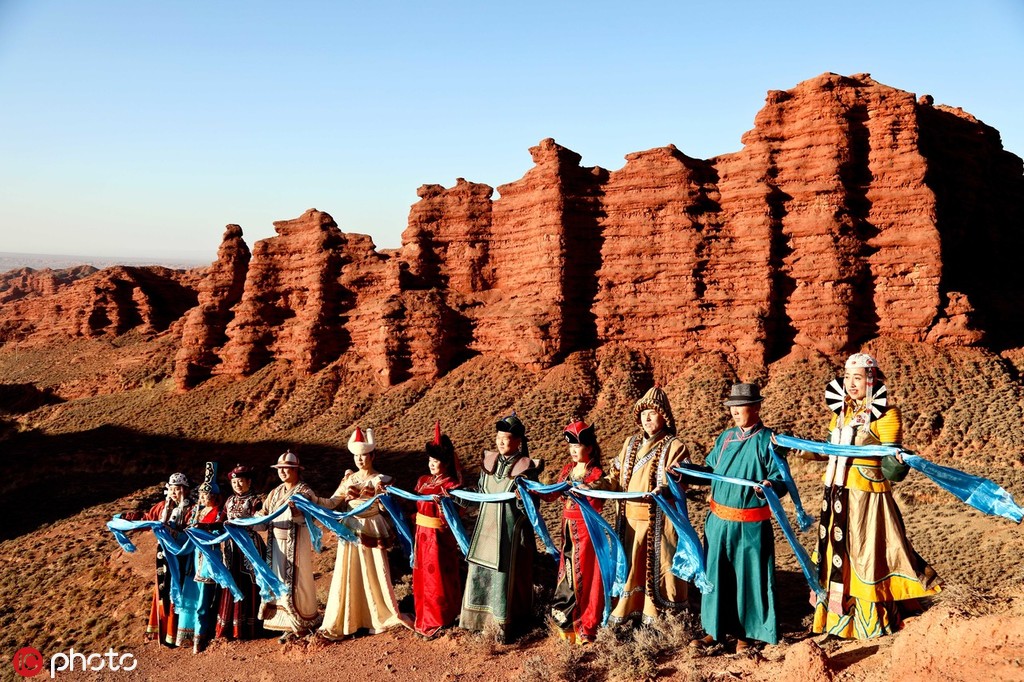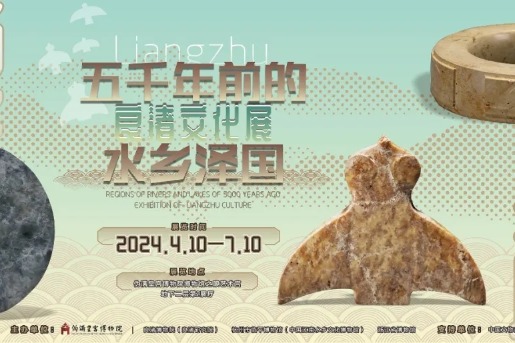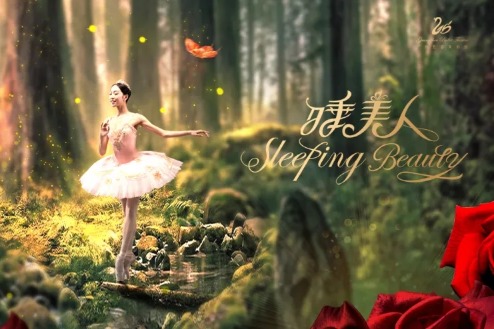Urtiin Duu, traditional folk long song


The Urtiin Duu or “long song” is one of the two major forms of Mongolian songs, the other being the short song” (bogino duu). As a ritual form of expression associated with important celebrations and festivities, Urtiin Duu plays a distinct and honoured role in Mongolian society. It is performed at weddings, the inauguration of a new home, the birth of a child, the branding of foals and other social events celebrated by Mongolia’s nomadic communities.The Urtiin Duu can also be heard at the naadam, a festivity featuring wrestling, archery and horseracing competitions.
The Urtiin Duu is a lyrical chant, which is characterized by an abundance of ornamentation, falsetto, an extremely wide vocal range and a free compositional form. The rising melody is slow and steady while the falling melody is often intercepted with a lively rhythm. Performances and compositions of Urtiin duu are closely linked to the pastoral way of life of the Mongolian nomads on their ancestral grasslands.

Widely believed to have originated 2,000 years ago, the Urtiin Duu has been recorded in literary works since the thirteenth century. A rich variety of regional styles has been preserved until today, and performances as well as contemporary compositions still play a major role in the social and cultural life of nomads living in Mongolia and in the Inner Mongolia Autonomous Republic, located in the northern part of the People’s Republic of China.
Since the 1950s, urbanization and industrialization have increasingly superseded traditional nomadic lifestyles, leading to the loss of many traditional practices and expressions. Parts of the grasslands where tradition-bearers used to live as nomads have fallen victim to desertification, causing many families to shift to a sedentary way of life where many classical themes of Urtiin Duu, such as the praise of typical nomads’ virtues and experiences, lose their relevance.
(Quoted from the entry of UNESCO Intangible Heritage List)




